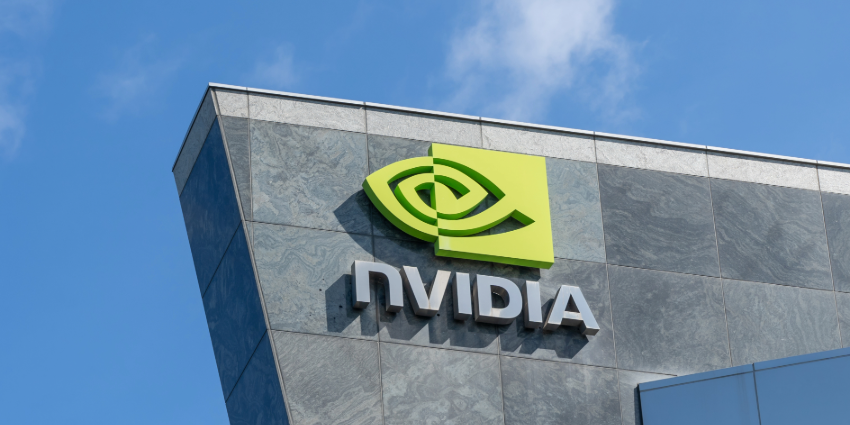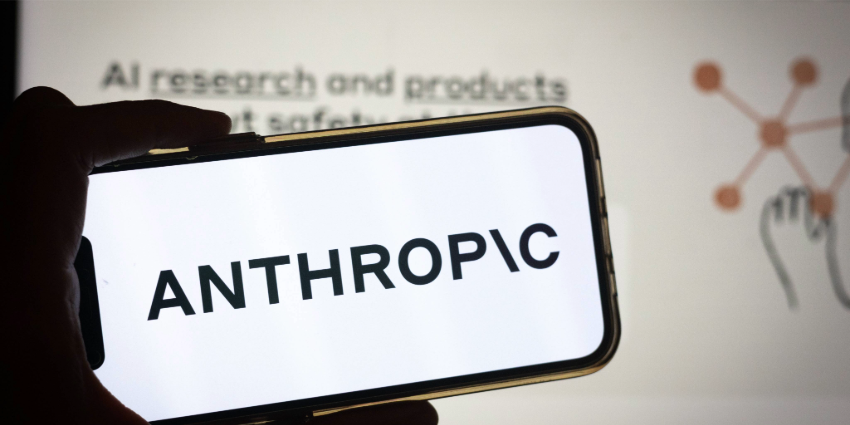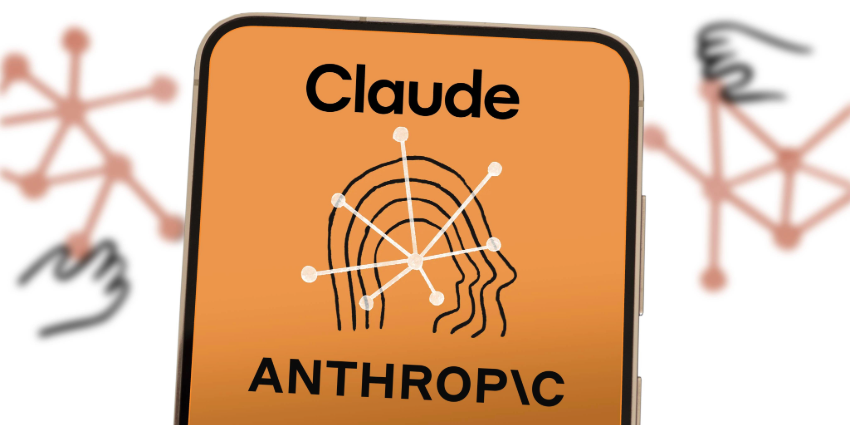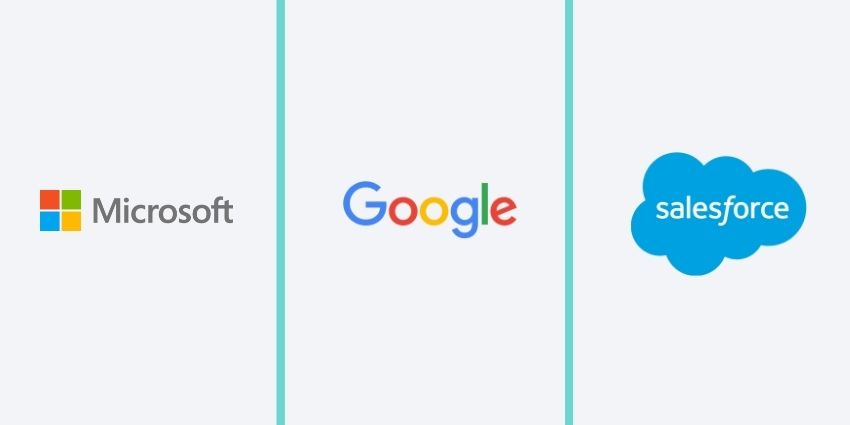In what analysts are calling “AI’s Sputnik moment,” Chinese AI startup DeepSeek – now the most downloaded app in the USA – has triggered widespread market turbulence and prompted responses from top industry figures.
U.S. President Donald Trump termed the development a “wake-up call” for American tech firms.
The Wider Market Impact
The emergence of DeepSeek’s new AI capabilities sent shockwaves through Wall Street, and resulted in the largest single-day market value loss in history for industry leader NVIDIA.
The chip giant’s shares plunged a whopping 17%, wiping nearly $600 billion from its market value. This sent NVIDIA’s stock price back to levels last seen in October 2024, according to AJ Bell investment director Russ Mould.
 NVIDIA’s share price has taken a dramatic fall – accurate at the time of publishing
NVIDIA’s share price has taken a dramatic fall – accurate at the time of publishing
The ripple effect also hit the broader tech industry; with Google-owner Alphabet dropping 4%, Microsoft falling 2%, and Dell Technologies – a major AI server manufacturer – sinking 8.7%.
R1 and Janus: DeepSeek’s Dual AI Breakthroughs
DeepSeek’s stunning emergence – seemingly out of nowhere – centres on two groundbreaking AI models that have shaken the tech industry’s foundations.
The R1 GenAI Engine
DeepSeek’s R1 general-purpose AI model has demonstrated remarkable market penetration and technical capabilities, and is now the most downloaded free app in the US App Store. The Generative AI engine delivers performance comparable to industry leaders in:
- Mathematics computation
- Programming and coding tasks
- Natural language reasoning
It also operates with unprecedented efficiency, using only 2,000 specialised chips versus an industry standard 16,000, and has a reported development cost of just $6 million (although this figure is disputed).
The Janus-Pro-7B Image Generator
Building on R1’s success, DeepSeek’s image generation model pushes technical boundaries even further, outperforms established leaders, including OpenAI’s DALL-E 3
- Technical specifications:
- Built with 7 billion parameters
- Incorporates 72 million high-quality synthetic images
- Balanced with real-world data training sets
- Improvements on earlier models:
- Enhanced training processes
- Superior image stability
- Richer detail generation
- Faster text-to-image generation
- Improved task comprehension accuracy
The emergence of these two models – and their relatively inexpensive development prices – has forced a fundamental reassessment of AI development economics.
OpenAI’s Sam Altman acknowledged the achievement as “impressive,” particularly noting the price-to-performance ratio, though he maintained his company would continue to lead in model quality.
The dual breakthrough has demonstrated that innovative approaches to AI development can potentially overcome hardware limitations imposed by export restrictions; does this signal an impending shift in the global AI landscape?
Market Implications and Industry Response
The impact reverberated through global markets, with Japanese AI-related firms bearing the brunt of the selloff. Advantest, Softbank, and Tokyo Electron experienced sharp declines; pushing the Nikkei 225 down by 1.4%.
However, early indicators suggested some stabilisation, with NVIDIA futures undergoing a modest recovery in today’s trading sessions.
Marina Zhang, an associate professor at the University of Technology Sydney, noted:
DeepSeek’s ability to rival US models despite limited access to advanced hardware demonstrates that software ingenuity and data efficiency can compensate for hardware constraints.
NVIDIA CEO Jensen Huang has been especially affected – his net worth dropped by an astonishing $21 billion as his company’s stock suffered its worst daily percentage loss since March 2020.
In a twist of fate, China’s technological constraints may have forced the very innovation that could democratise AI development worldwide – proving that leadership in artificial intelligence may ultimately be measured not by the size of resources, but by the ingenuity of their use.








